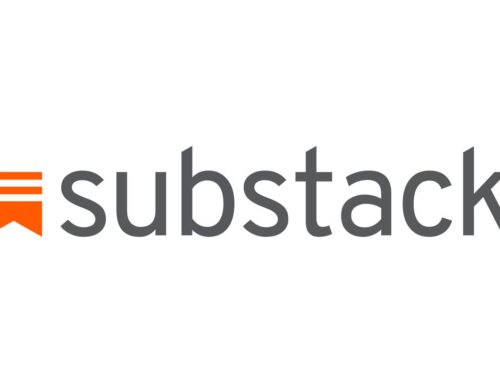This is part 3 of our three part series on Chinese futures markets. Make sure to check out part 1 and part 2.
The bull in the China shop

Have you read part 1 and part 2 of our “Chinese commodity futures” series and feel ready to buy some hardwood, bitumen and jujube contracts?
Well, before you power on your Bloomberg terminal and add the contracts to your backtesting environment, we’d like to give you some more background on Chinese commodities in general.
First of all, Chinese investors seem to have a preference for certain maturities and tend to skip some contract months. This is also true for some US and European futures markets, but not to the same extent. For example, the February expiry for COMEX silver is hardly traded.
Although most Chinese commodity futures have monthly expiration dates, only about half of them are traded actively. For example, Chinese gold futures have monthly expiries, but only June and December contracts are offering liquidity that is sufficient for larger trading volumes. As a result, assuming that one would have exposure to each monthly contract is something that will only work in academic studies. Indeed, there are a lot of studies finding alpha around the roll, which is elusive in reality as a quick glance at contract volumes can reveal. In case of the jujube futures, the December 2020 contract was barely traded in October 2020, and volume was already concentrated in the January 2021 futures. Hence, roll methodologies have to be adapted and naïve methodologies will lead to false inference.
Second, given the small contract size of many of these contracts, there is a considerable retail action in some of these products. Since many Chinese investors do not have access to overseas markets, they are prone to express their general market view in their local futures markets. The same also seems to be true regarding the Chinese currency. A study on the Chinese gold market points toward heavy retail action in precious metal futures expressing Chinese investors’ views on the Renminbi.
Another tricky issue is the reported settlement price. In general, the reported price is the VWAP over the whole trading session, which is of course very difficult to achieve. Again, a lot of papers do not clarify this issue and I have seen more than enough studies that miss this point. As a reference point for trading, one should therefore either take the opening price or the last traded price (but not the settlement price).
Market access and currency conversion for offshore investors are the last hurdles you have to clear to trade the onshore Chinese futures products. Usually, these futures are available for domestic players only and settled in RMB. Some international brokers specialized in commodities trading offer market access via OTC products settled in USD or other major currencies. While this service is not free of charge, it is convenient to trade under the terms of an ISDA facing the broker’s non-Chinese entity, ideally with a CSA that foresees daily exchange of collateral.
Given the growing importance of some of these markets and the potentially low to negative correlation to your existing portfolio components (highlighted in A Chinese Date – Part 1), we think that Chinese commodity futures should be on the watchlist of every diversified trend following fund. Just make sure you go through all the nitty gritty details when considering these markets. If you don’t behave like the proverbial “bull in the China shop,” we are sure you will get some worthwhile diversification through some of these commodities.
#happytrading
Just to make sure you are well informed, here are some studies and links we found useful:
- A Practical Look at Commodity Risk Factors in China (2019) – Robert Bianchi, John Hua Fan and Tingxi Zhang.
- Anatomy of Chinese Futures Markets (May 19, 2018) – Ahmet Goncu and Yurun Yang.
- Speculative Activity and Returns Volatility of Chinese Major Agricultural Commodity Futures (October 25, 2017) – Martin T. Bohl, Pierre L. Siklos, Claudia Wellenreuther. CAMA Working Paper No. 6/2018
- The Untold Story of Commodity Futures in China (December 11, 2019) – John Hua Fan and Tingxi Zhang, Journal of Futures Markets, Forthcoming
- Momentum and Reversal Strategies in Chinese Commodity Futures Markets (July 20, 2018) – Yurun Yang, Ahmet Gonc, Athanasios A. Pantelous. International Review of Financial Analysis, Volume 60, pp 177-196, October 2018
- The historical and current research progress on jujube–a superfruit for the future (August 2020), Mengjun Liu et. al Horticulture Research volume 7, Article number: 119 (2020)
- What can be learnt from Chinese futures trading? (September 2020) – The Economist
- Futures Markets in the People’s Republic of China: Development and Prospective (April 2004) – Donald Lien and Bo Yang, American Journal of Chinese Studies Vol. 11, No. 1 (042004), pp. 25-35





